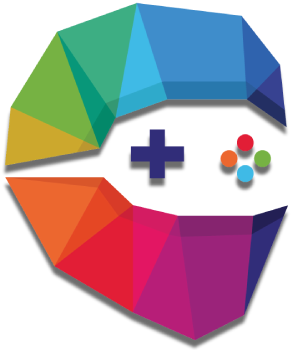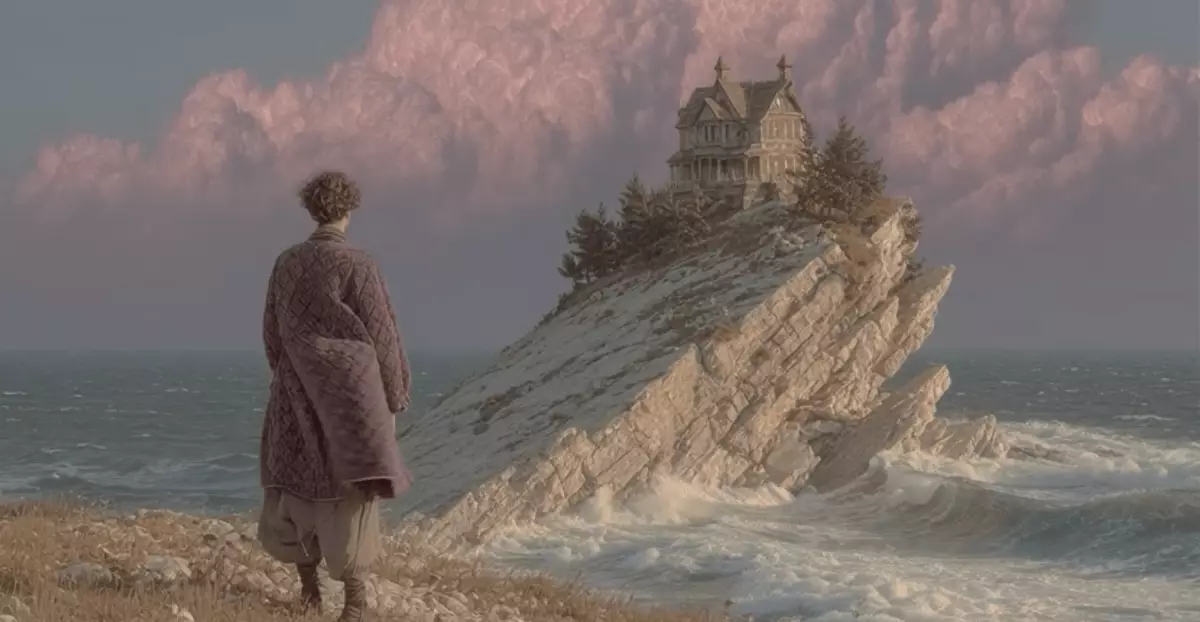The rapidly evolving world of artificial intelligence has recently witnessed a breakthrough with Midjourney’s introduction of its first video generation model. This innovative tool allows users to bring static images to life by transforming them into short, animated clips. With the digital landscape buzzing with anticipation, this step signifies more than just a feature upgrade; it reflects a monumental shift in how creativity can be executed through technology.
Users can either upload their own images or utilize the platform’s creation tools to produce visuals that can then be animated with ease. Thanks to a user-friendly interface, there’s a ‘create an animation’ button that instantly animates the chosen image, generating a 5-second video based on a simple or custom prompt. This ability to animate virtually any image marks a significant moment for artists, marketers, and content creators alike. They now possess a groundbreaking method to amplify their visual storytelling, offering them a potent means to enhance engagement and expressiveness in their projects.
User Empowerment through Customization
Despite the default generic animation prompts designed to initiate movement, Midjourney disrupts the norm by introducing a manual option where users can sculpt the motion dynamics. This empowerment is emblematic of a shift towards collaborative creativity with AI—a model that encourages personal expression rather than simply adhering to pre-set templates. Users can specify how they want elements within their image to move, thereby tailoring the animation process to reflect their individual visions.
Moreover, the potential for extending the length of the animations adds another layer of versatility. Users can stretch their animated projects from an initial five seconds to an impressive twenty-one seconds, accommodating various narrative styles and artistic intentions. The incorporation of high and low motion settings further aids in affording creators precise control over their visual outputs, whether they desire a more subtle movement or dynamic interactivity within their pieces.
Challenging Traditions in Content Creation
Nevertheless, this leap into video generation does not come without controversy. Midjourney’s innovation has drawn scrutiny from industry giants like Disney and Universal, which have raised legal concerns over copyright infringement. They argue that the AI’s capability to produce animations from existing copyrighted materials poses significant risks to intellectual property. This legal development highlights a pivotal conversation about the boundaries of creativity in an increasingly digital landscape where AI creates at unprecedented speeds.
As traditional companies grapple with the implications, it prompts a larger discussion on the need for new standards and frameworks to navigate the intersection of AI and copyright. While Midjourney’s capabilities can spark a revolution in artistic freedom, the clash with established entities serves as a stark reminder that innovation often treads a fine line between creativity and legality.
The Future of AI in Creative Expressions
Looking ahead, Midjourney’s founders indicate that this release is merely the beginning. David Holz, the company’s founder, views the current model as a stepping stone towards more sophisticated creations—eventually aspiring to achieve real-time, open-world simulations through artificial intelligence. This vision evokes excitement not just within the artistic community but also among technologists anticipating the future of immersive media experiences.
As advancements continue to unfold, it’s critical to consider what these developments mean for the landscape of digital content. With Google, OpenAI, and Meta all making strides in AI-driven video generation, the competitive ecosystem promises a wave of innovative solutions that can redefine how storytelling is approached across platforms. While the possibilities are vast, they also bring forth the essential question of what defines authorship in an age where technology can replicate and innovate faster than the human spirit.
Midjourney’s foray into AI video generation illuminates both the potential and challenges of intersecting art and technology. As we embrace these innovations, it’s imperative to ponder their implications on creative practices and rights. Ultimately, this unfolding narrative will shape the future of digital artistry and redefine the essence of creation itself. The journey is just beginning, and as the community delves deeper, one can only imagine where technology and imagination will lead next.

